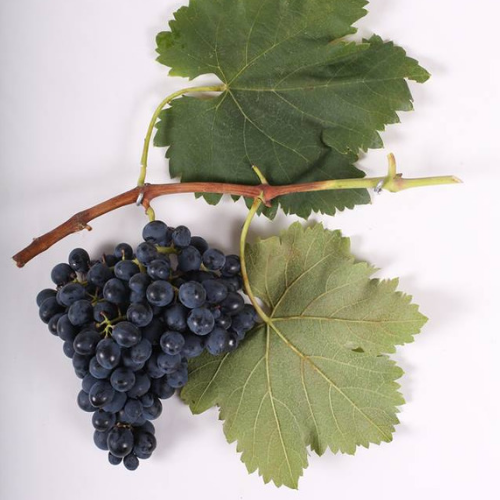Your cart is currently empty!

Saperavi
A red variety of grape for wine-making known as saperavi (‘dye’) in Georgian due to its deep black skin and pinkish juice
Origin—According to Ivane Javakhishvili, saperavi was originally widespread in the historical Georgian provinces of Shavsheti and Klarjeti, and the grape’s origins must therefore lie along the eastern shores of the Black Sea—i.e. in the centre of ancient Colchis. From there, it spread to the central Kartli region and then further east to Kakheti, where it found its new home. The name must derive from the fact that the grape contains an abundant quantity of colouring substances.
Saperavi—Was widely planted throughout the wine regions of the Soviet Union: in Ukraine, Moldova, Russia, Azerbaijan and Armenia, as well as in Bulgaria. Saperavi is widespread both in Georgia’s neighbouring countries as well as in Europe, the Middle East, China and so on.
SAPERAVI has no competitor among the world’s red grape varieties thanks to its agricultural characteristics (high quality of wine, low yield, frost resistance, adaptation to environmental conditions, etc.).
Its exceptional qualities are so self-evident that saperavi has even found a foothold in Australia, where Symphonia and Gapsted in Victoria, Domain Day and Patritti in Barossa and Hugh Hamilton in McLaren Vale all produce varietal examples.
Several distinct clones have been identified—Saperavi budeshurisebri, grdzelmartsvala, mskhvilmartsvala, pachkha, etc.—pointing to the ancient cultivation of this variety, which was also used to produce Akhtanak, Bastardo Magarachinsky, Nerkeni, Novac, Rubinovy Magaracha, Saperavi severny and Tigrani.
‘Everything makes me think that Saperavi is better than all other grape varieties for making red wine’ wrote Alexander Pierre Odart (1778-1866), the author of the Universal Ampelography.
PROVIDES the best material for all types of wine. Intense dark pomegranate colour, moderate body, energy, fullness and joy, as well as a peculiar varietal aroma and a strong bouquet. A relatively softer, fully harmonious, velvety wine is made along the left banks of the Alazani river, among the foothills of the Greater Caucasus mountains, on medium alluvial-carbonate and alluvial non-carbonate soils. Saperavi produces the best local, Kakhetian-style wines, rich, full-bodied red wines mainly on brown and dark brown forest soils.
The Leaf—Medium, rounded, sometimes ovate, three-to five lobed, is slightly sectioned and with full leaves. The underside of the leaf is quite thick feels like a cobweb.
The Bunch—Medium, transverse and branched at the base, sometimes losing shape due to shoulder enlargement. The bunch of Saperavi is mostly less dense but there are also bunches of medium density as well. Average weight 140-160g.
The Grapes—Medium-sized, oval, dark blue, almost black.
The Skin—Thin and dense, richly covered in waxy flakes.
The Pulp—Juicy and melted with a pleasantly sweet, slightly cheerful taste. The juice is richly coloured.
Vegetation Period—155-164 days, ripening between the second half of September and the first half of October.
Yield—10-15t per hectare. Saperavi can withstand frost relatively well. In this respect it is one of the best varieties in Western Europe.
Sugar & Acidity—20-26% & 7.5-8.5g/l.
by
Tags:

Leave a Reply